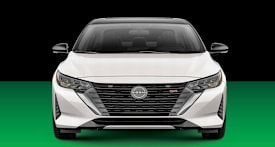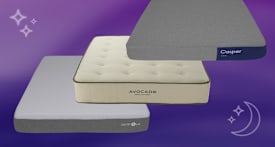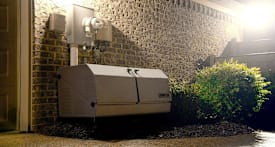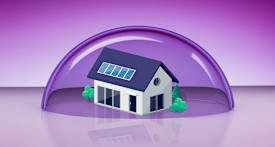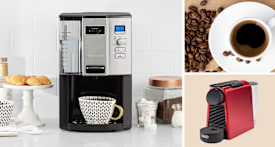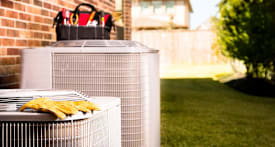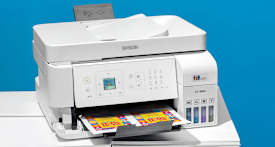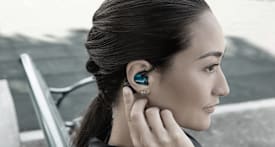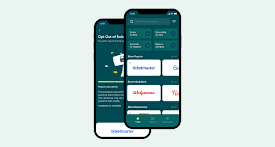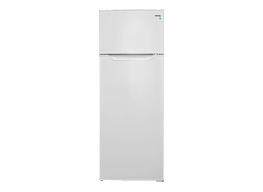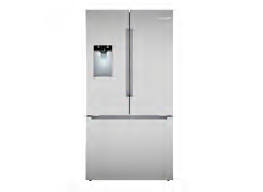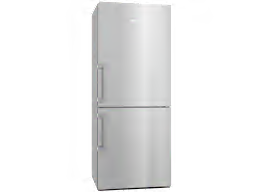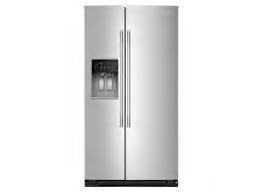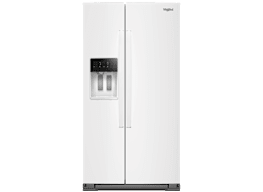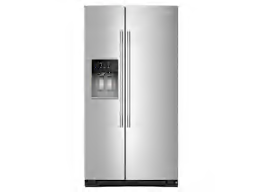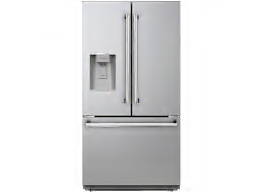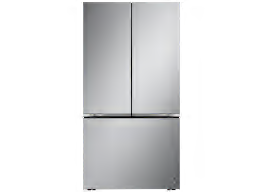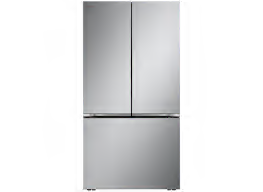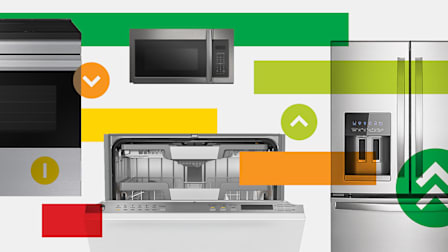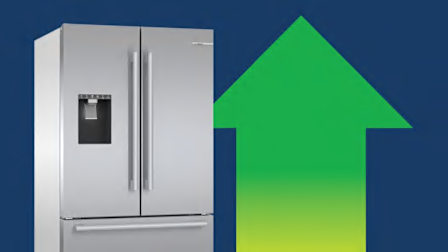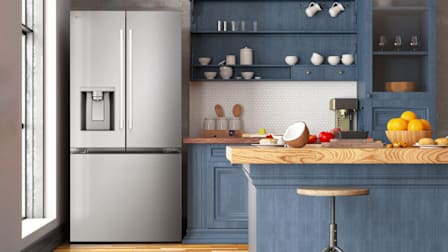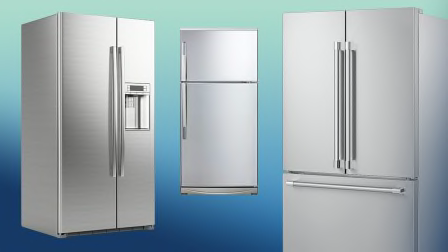Best Refrigerator Temperature to Keep Food Fresh
Automated temperature settings aren't always accurate. Consumer Reports' testing reveals the best setting for each refrigerator in our ratings.
When you shop through retailer links on our site, we may earn affiliate commissions. 100% of the fees we collect are used to support our nonprofit mission. Learn more.
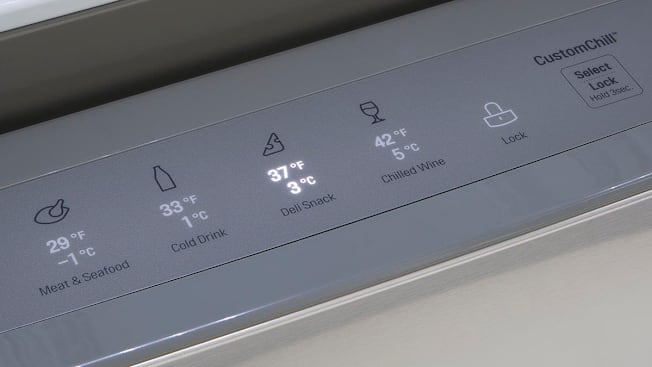
Is there a “correct” temperature for refrigerators and freezers? Yes. Experts say a fridge temperature of 37° F will preserve fresh food for as long as possible without ice crystals forming on lettuce or bacteria growing in raw meats.
As for the freezer, a temperature of 0° F will keep foods thoroughly frozen.
However, the temperature controls on many fridges only allow you to choose from a series of numbers, usually 1 through 5, with 1 being the coldest and 5 being the warmest. Even when refrigerators have digital controls for setting precise temperatures, our tests have found that the settings aren’t always accurate.
Kitchen Appliances Built to Last
You’ll never regret buying one of these top-rated refrigerators, ranges, dishwashers, and more.
Best Fridges With Superb Thermostat Performance
Below, you’ll find some of the top refrigerators of their type from CR’s tests with high ratings for temperature uniformity and thermostat performance. Members can browse our full refrigerator ratings for more options, whether you’re after a bottom-freezer, top-freezer, French-door, built-in, or side-by-side fridge.
How CR Tests Refrigerator Temperatures
When a new batch of refrigerators comes into our labs, we start by setting the ambient temperature in our climate-controlled chambers to 70° F to simulate conditions in a typical home kitchen.
Then we determine which thermostat setting on each refrigerator will get the internal temperature in the center of the unit to between 36° F and 38° F. We do the same thing in the freezer, experimenting until we get the freezer temperature to between -1° F and 1° F.
“Some refrigerators are spot-on, but others are wide off the mark,” says Breann Chai, CR’s test engineer for refrigerators. “We’ve seen a few refrigerators be off by as much as 5° F, which can be the difference between fresh food and spoiled food.”
It’s important to note that we don’t penalize refrigerators for inaccurate settings in our ratings. Most are capable of maintaining consistent temperatures once they reach the optimal level. The point is that you need to know how to get them to the 37° F and 0° F marks. And that’s why we include this information in our refrigerator ratings. You’ll find the ideal temperature setting for refrigerators with digital controls and the ideal numeric value for models with that type of thermostat.
What if your fridge isn’t one of our tested models? Your best bet is to buy a refrigerator thermometer, available online and at home centers for a few bucks, and conduct your own experiment. It won’t be as exact as the sensitive thermocouples we use in our lab, but it should get you within a degree or so of the perfect refrigerator temperature to keep your food fresh, tasty, and safe for as long as possible.
